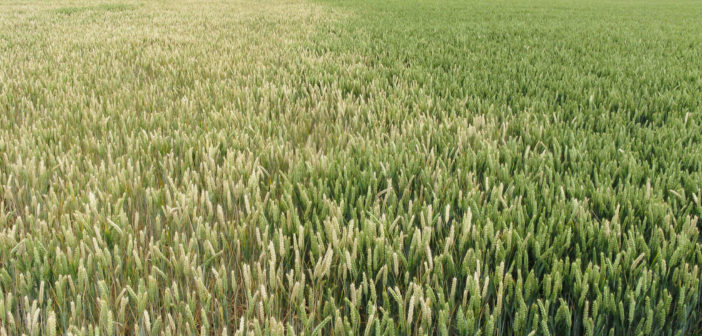Second wheats have been put through their paces this year, which means that variety choice will be even more important this autumn when growing profitable second cereals for quality markets.
“Late drilling and a dry spring led to lower yields in second cereals this season, which was only compounded by the moderate levels of take-all that have been reported,” explains John Miles, product development manager at KWS.
“The downsides of take-all aren’t just yield loss, its impact extends to nitrogen uptake, grain fill and subsequent quality, which can all affect the marketability of the crop. The take-all fungus is present in nearly all soils, so choosing a variety with good late drilling performance and matching it with a suitable seed treatment should be seen as the first means of defence,” he says.
“Varieties with characteristics such as consistent performance and robustness across regions, sites and soil types along with good grain quality should be considered. This is even more important when growing for quality markets.
“For example, a high take-all incidence on a crop of milling wheat will, in severe cases, lead to poor yield and protein content, which can result in the crop being downgraded to feed grade, and loss of value.
“Therefore, when drilling a Group 1 milling wheat variety such as KWS Zyatt, or a high yielding feed wheat such as KWS Kerrin, a seed treatment such as Latitude (silthiofam) should be considered as an insurance policy for the crop. This, combined with well-timed drilling and the correct nutrition, will help to mitigate the variables that each season will invariably throw at you,” says Mr Miles.
David Waite, northern seed commercial manager for Frontier Agriculture, explains that second wheats can still be a very profitable option for UK growers if managed correctly.
“AHDB gross margin calculations for 2018 have shown that second feed wheats offer the second most profitable rotational option after a first feed wheat,” he says.
“However, to realise potential crop margins, growers should implement an integrated management strategy, which starts with choosing a variety that is proven as a good performer when grown as a subsequent cereal.
“Then when it comes to disease management, trying to reduce the incidence of soil bourne diseases that we know affect second wheats badly, by drilling as late as possible is necessary. However, it is important to remember that even when drilling into October, the use of a take-all specialist seed treatment, is still vitally important. Take-all is such a yield robber that any possible steps that can be taken to reduce the risk should be a no brainer,” adds Mr Waite.
“A seed treatment such as Latitude still brings benefits to the grower, by offering greater flexibility in drilling date, allowing planting to be brought forward if there are concerns about weather and being able to travel on heavier soils.
“Ultimately, second wheats need looking after if you want to narrow the gap to first wheats, and it all starts with supporting root development.”




